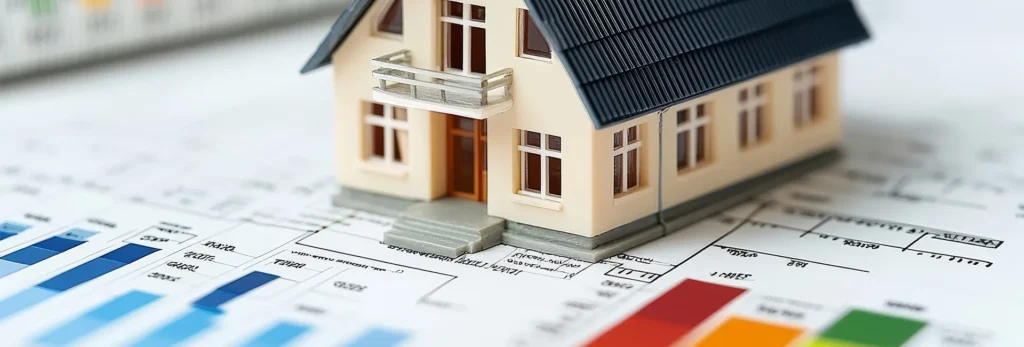When it comes to thermal insulation, one of the most important characteristics to consider is the VR value. This parameter, often used in civil construction and energy efficiency projects, is directly related to the performance of the insulation material. But what exactly is this value, how is it calculated, and why is it so relevant?
In this post, we will clarify everything you need to know about the VR value and its importance in insulation.
What is the VR Value?
The R-value, or Thermal Resistance Value, is a measure that indicates a material’s ability to resist heat transfer. The higher the R-value of a material, the better it will be at preventing heat from passing through it. In simple terms, the R-value quantifies the thermal efficiency of the insulation material.
In insulation systems, it is one of the key factors in determining the material’s ability to maintain a stable internal temperature, whether in winter (retaining heat) or in summer (preventing heat entry).
How is the R-value calculated?
The R-value is calculated based on three main components:
Material area: The area of the insulation material also influences its thermal resistance capacity. The larger the area of the material on a surface, the greater its ability to block heat transfer.
Material thickness: The thicker the insulation material, the higher its thermal resistance.
Thermal conductivity: This value indicates the material’s ability to conduct heat. Materials with low thermal conductivity have a higher R-value.
Why is the R-value important in insulation?
The importance of the R-value in insulation is immense, especially when aiming to increase energy efficiency and reduce heating and cooling costs in a building. Here are a few reasons why this value is essential:
1.Energy Efficiency
The R-value is directly related to the performance of an insulation material in reducing heat exchange between the interior and exterior of a space. A high R-value indicates that the material will be more efficient at maintaining a stable internal temperature. This translates into lower costs for heating or air-conditioning systems, as the temperature is maintained without excessive energy expenditure.
2. Thermal Comfort
The R-value also affects the thermal comfort of the people inhabiting or using a given space. Materials with a good R-value prevent heat from escaping or entering, which helps create more comfortable environments throughout the year, whether in winter or summer.
3. Durability and Performance
Materials with a higher R-value tend to be more durable, as they are more effective at resisting the effects of heat and moisture, which can contribute to a longer lifespan for the insulation. This means that the need for maintenance or replacement is reduced over time.
4. Sustainability
By choosing insulation materials with a good R-value, you can significantly reduce energy consumption and carbon emissions in your home or building. This contributes to sustainability by decreasing the reliance on heating and cooling systems, which typically consume large amounts of energy.
How to choose the best R-value for your project?
The choice of the ideal material and R-value depends on several factors, such as the type of construction, the local climate, and the available budget. For cold environments, it is essential to choose materials with higher R-value to keep the internal temperature warm without overloading heating systems. In hot regions, materials with good thermal performance are also crucial to keep spaces cool, reducing the need for air conditioning.
Additionally, the R-value should be considered alongside other factors, such as moisture resistance, durability, and the environmental impact of the material.
The R-value is an essential indicator of a material’s thermal insulation capacity and plays a crucial role in creating more efficient, comfortable, and sustainable environments. By choosing insulation materials with the appropriate R-value for your project, you not only improve energy efficiency but also contribute to sustainability and overall comfort.
Therefore, when planning the construction or renovation of your home, remember to consider the R-value of the insulation materials, as it can make all the difference in terms of energy savings and well-being.

